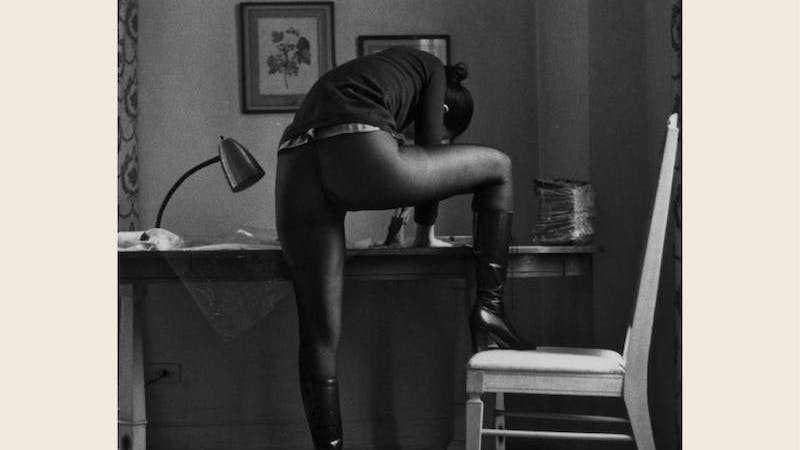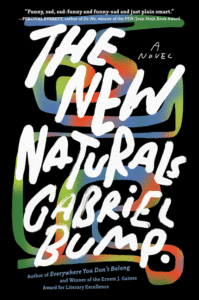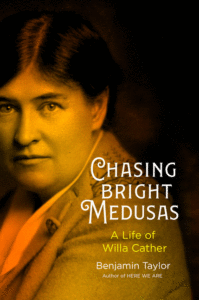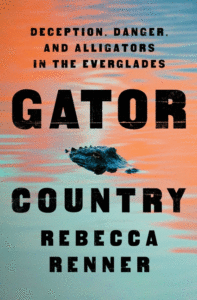
Michael Cunningham’s Day, Benjamin Taylor’s Chasing Bright Medusas: A Life of Willa Cather, and Claire Keegan’s So Late in the Day all feature among the Best Reviewed Books of the Week.
1. Day by Michael Cunningham
(Random House)
4 Rave • 4 Positive • 1 Pan
“The only problem with Michael Cunningham’s prose is that it ruins you for mere mortals’ work. He is the most elegant writer in America. Admittedly, elegance doesn’t carry much cachet these days when Important Novels are supposed to make strident social arguments that we already agree with. But in the presence of truly beautiful writing, a kind of magic vibrates off the page. That’s the aura of Cunningham’s pensive new novel, Day. He has developed a style calibrated to capture moments of ineffable longing … In a novel as thinly plotted as Day, everything depends upon the exquisite flow of Cunningham’s language, but quotations don’t do his work justice. You have to read these sentences yourself in context … Aging, along with its attendant separations and swelling sense of irrelevance, is the novel’s abiding preoccupation. I would accuse Cunningham of projecting his 71-year-old anxieties, but these characters, barely middle-aged, are wholly convincing exemplars of America’s new lost generation. At their backs they always hear time’s winged chariot hurrying near.”
–Ron Charles (The Washington Post)
2. So Late in the Day by Claire Keegan
(Grove Press)
5 Rave
“Keegan offers a master class in precisely crafted short fiction in this collection of three tales … Keegan’s trenchant observations explode like bombshells, bringing menace and retribution to tales of romance delayed, denied, and even deadly.”
–Carol Haggas (Booklist)

3. The New Naturals by Gabriel Bump
(Algonquin Books)
2 Rave • 3 Positive • 1 Mixed
“Given the size of the thing it indicts—not only America, but the entirety of modern society—it’s a somewhat spectacular achievement that Gabriel Bump’s second novel, The New Naturals, feels as fun as it does … sharp, witty even in some of its darkest moments … This sort of thing could get real dour real quick. Fortunately, Bump has a sense of humor, and makes good use of it. There are slivers of Denis Johnson here, especially in the dialogue, which often recalls the hospital scene from Jesus’ Son: people speaking through and around one another, the result uproarious, addictive and just removed from how most human beings actually talk. It’s delightful”
–Omar El Akkad (The New York Times Book Review)
**

1. Chasing Bright Medusas: A Life of Willa Cather by Benjamin Taylor
(Viking)
5 Rave • 2 Positive
Read an excerpt from Chasing Bright Madness here
“Should appeal to anyone—novice or expert—ready to explore Cather’s life and work in the company of a critic so alert to the shimmering subtlety of her style and the hard years of effort that went into crystallizing it … With great feeling and deeply informed perception, Taylor helps us readers realize anew the sustained effort it took for Cather to meet ‘the rest of herself,’ in her novels and her life.”
–Maureen Corrigan (The Washington Post)
2. Art Monsters: Unruly Bodies in Feminist Art by Lauren Elkin
(Farrar, Straus and Giroux)
6 Rave • 1 Positive • 2 Mixed • 1 Pan
“Lively and vibrant … What this book does brilliantly: engage with the physicality of art, the sensory, texture, lumps and all. It juxtaposes artists and writers who insist on both beauty and excess … Packed with theory, but is jargon-free. As well as critical, Elkin’s prose is chatty and at times enjoyably blunt … Complex. Changeable. Out of bounds. Ambiguous, like the stroke. Monstrous art, Elkin writes, is weird and bold. ‘What makes it good—what sets it apart—is its commitment to a sometimes scathing honesty.’ You could say the same for this superb book.”
–Chloë Ashby (The Spectator)

3. Gator Country: Deception, Danger, and Alligators in the Everglades by Rebecca Renner
(Flatiron Books)
5 Rave • 1 Positive
Read an excerpt from Gator Country here
“Every species, and every person who fights for its continued existence, deserves a book like this—a book that explores the complexity of the nexus between humans and animals and the exploitation of the wild, and considers the ambiguities of our fractured relationship to nature, morality and history.”
–Lydia Millet (The New York Times Book Review)

